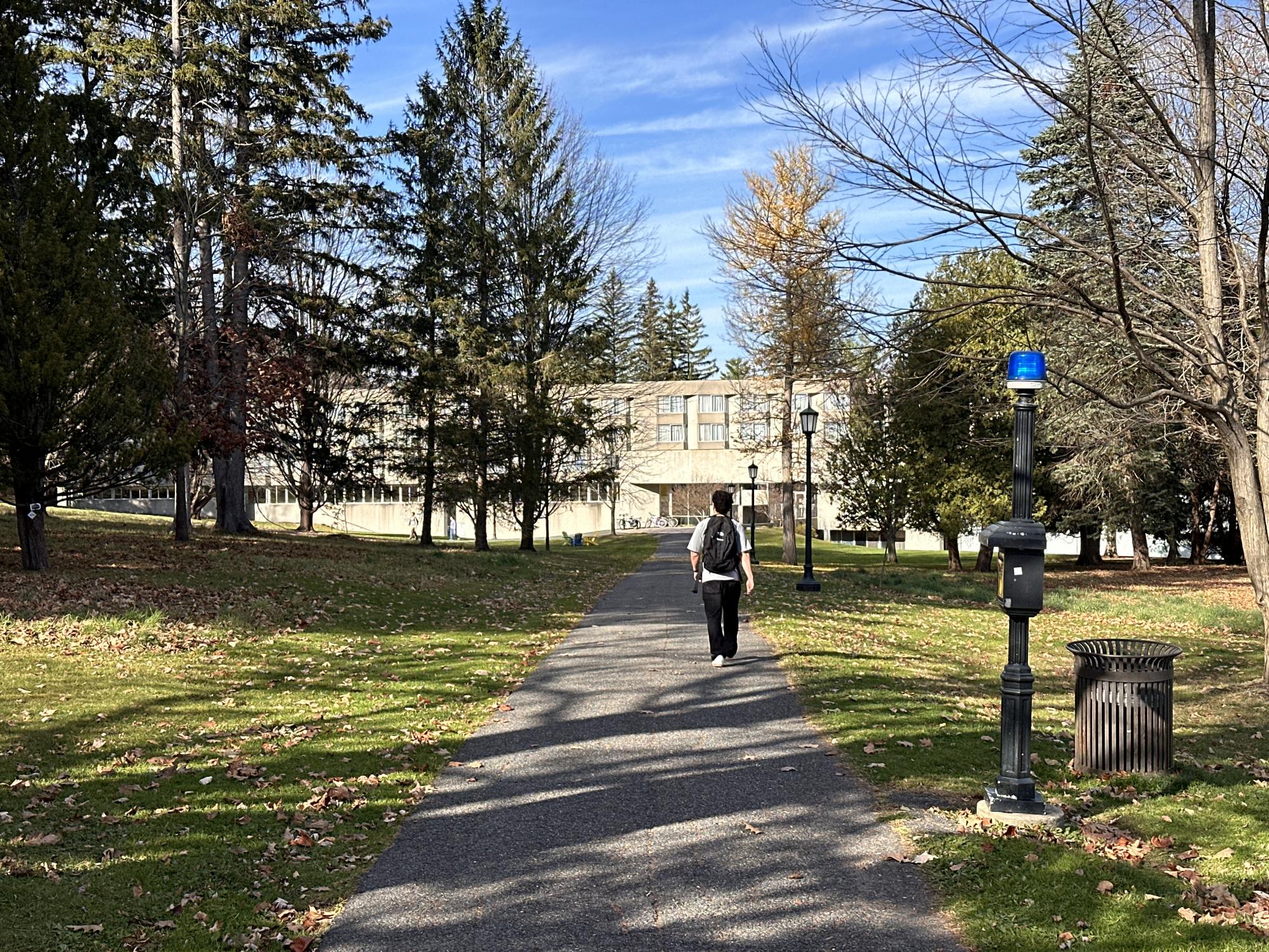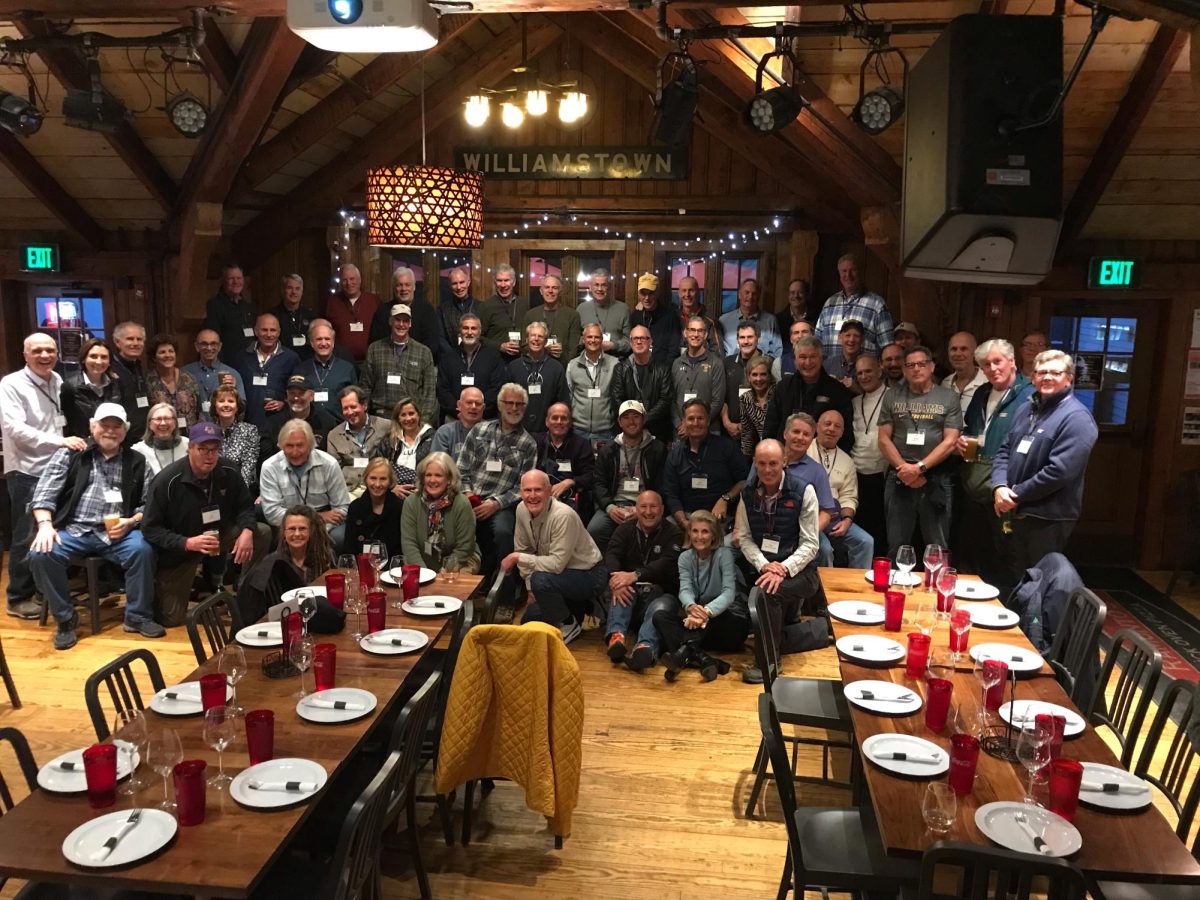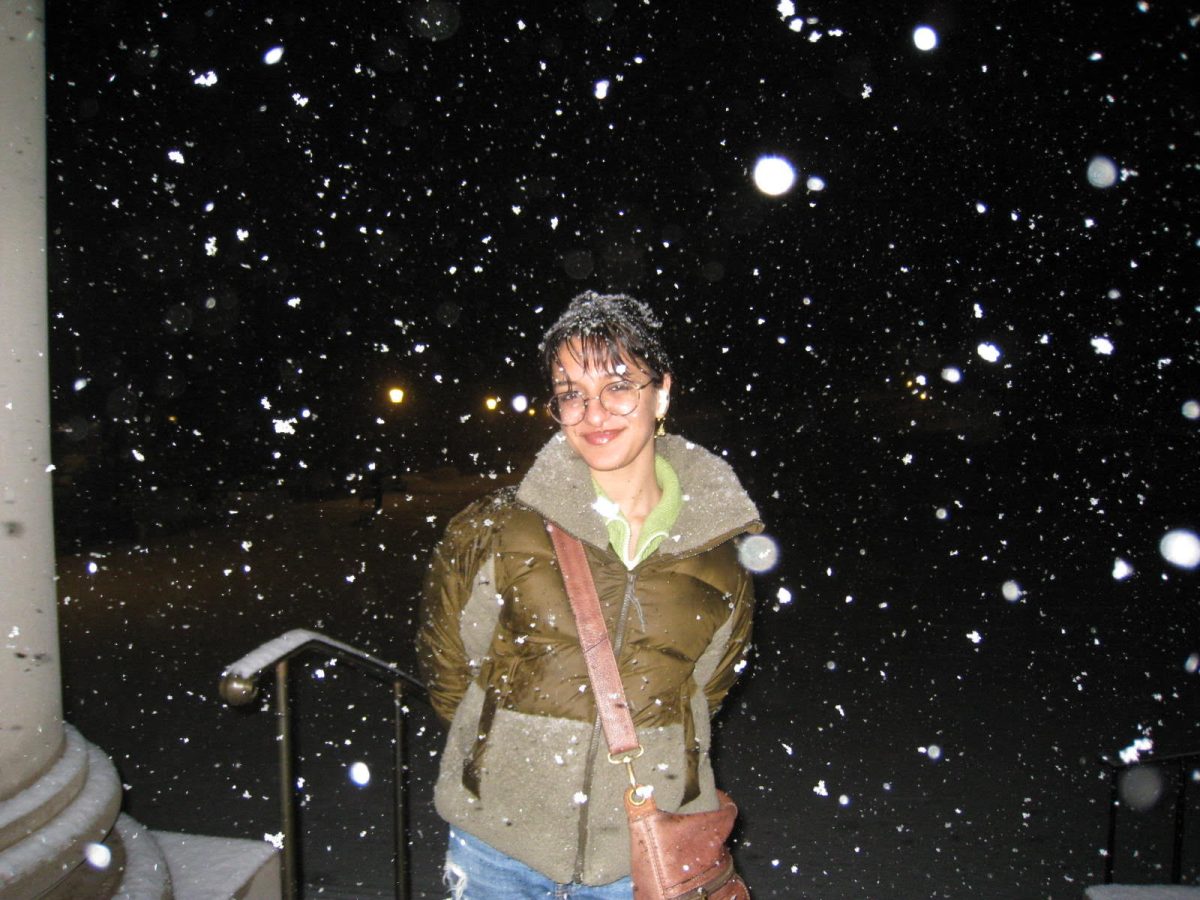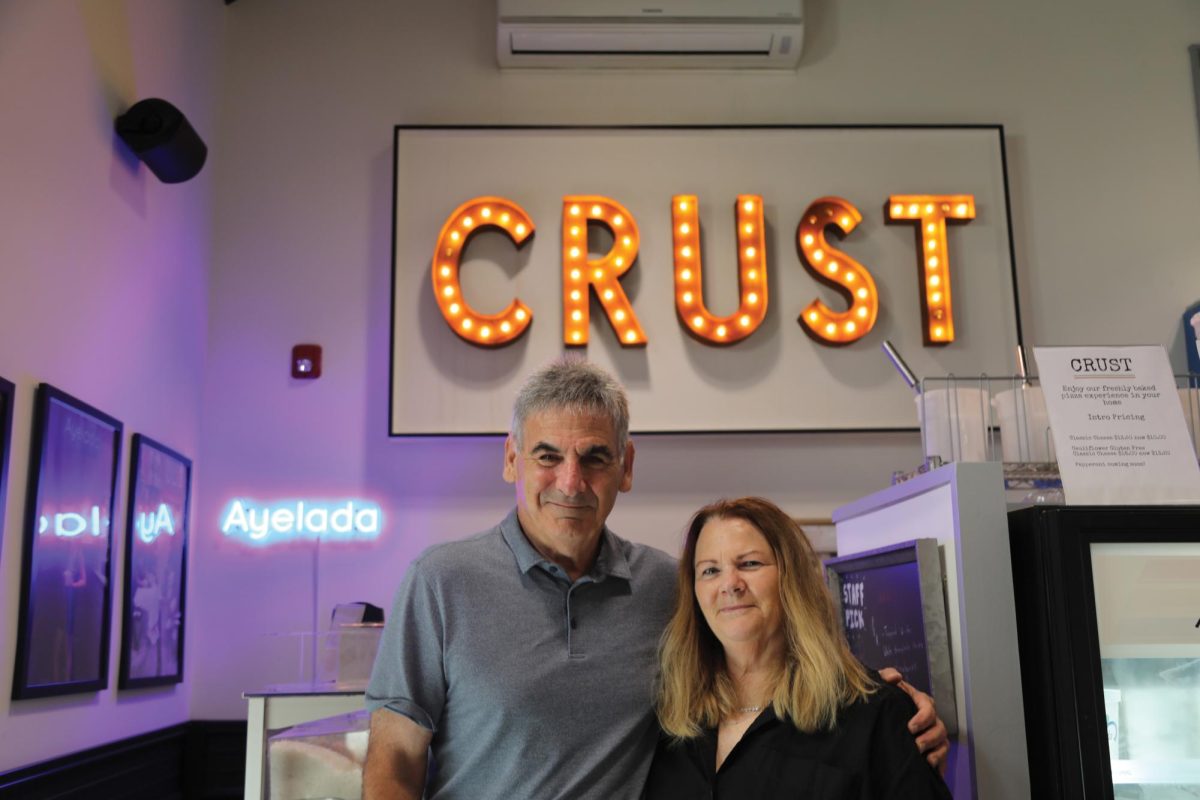
“A microcosm of the Williams community.” Many students are familiar with this expression from campus tours and admissions materials. Since 1925, the entry system — a unique staple of the first-year experience at the College — has cultivated smaller communities within the larger College.
Entries are composed of a group of 30 to 40 first-years who live on the same floor and are guided by two or three Junior Advisors (JAs). Not all first-years, however, say their entries include the representation they expected: Some entries have unequal gender ratios, while others have few international students or an abundance of students from the same athletic teams.
These changes are a result of shifting priorities in the entry assignment process. Because of the establishment of engagement communities in the 2023–24 academic year, the Office of Campus Life (OCL), which oversees housing assignments, now create entries based on students’ lifestyle habits, personalities, and interests, rather than demographics, according to Associate Director of Housing Heather McCarthy.
“Our primary goal is the student-reported information and how that contributes to what we see as the success of the community,” McCarthy told the Record.
In June, OCL sent a survey to the Class of 2028 similar to that of past years, asking students to indicate their lifestyle preferences and personal interests, including information about their sleep schedules, comfort level with alcohol and smoking, level of extroversion, housing accommodation requests, and plans to join various student groups. Students who wished to live in an engagement community could indicate interest by submitting an additional application, which was entered into a random selection process if applications exceeded available spots. This academic year, four engagement communities were offered to incoming first-years: the LGBTQIA+ community, the Black/African community, the Asian American Pacific Islander community, and the Latinx community.
OCL staff then entered this information into a computer program, and students were systematically assigned to initial rooms, suites, and entries based on their survey responses. OCL then made adjustments to ensure that accommodations were met and that students would live with entrymates who had compatible lifestyle habits.
“Our housing office strives to create a diverse entry population by ensuring gender and lifestyle diversity,” Area Coordinator Josie Catalano wrote in an email to the Record. “For example, if 75 percent of the students in an entry happen to be male-identifying lacrosse players who all play the violin, that wouldn’t be conducive to building a diverse entry community.”
But not all entries this year house an equal proportion of genders. Of the 33 students in Sage 4, there are only seven women, according to Nick Mancuso ’26, a JA for the entry.
“When I got the email that gave me my suitemates, and it was all male-identifying names, I was really, really nervous,” said Sophie Possick ’28, a resident of Sage 4. “I was thinking, ‘Oh my God, they’re not going to want to talk to me,’ or that I would feel left out or really awkward.”
Possick said that, despite her initial concerns, her entrymates and JAs have created a welcoming environment for the handful of female students in the entry. “All of the people on my floor have been kind and very friendly,” she said. “I thought [the entry] would be more of an even split [between genders]. It’s not necessarily a bad thing. It’s just different than what I thought.”
Xavier Leung ’28, a member of MD2 — which has only one international student and two first-generation students — said that, though he feels welcomed by his entry, it is not representative of the College’s demographics. “I enjoy having this space in the croom where people can just stop by and chat,” Leung said. “But I think if [the entry] was more diverse, or more of a true representation of how the College composition actually is, it definitely would have been better.”
Leung also noted that a majority of his entry’s athletes are concentrated on one side of the entry, which he said could explain why he doesn’t feel as connected with those students as a non-athlete. “I think that there can be more consideration placed into how hallmates are [assigned],” he said. “Part of the reason why I don’t feel as connected with the athletes is because we live on two different sides [of the entry].”
AP3, on the other hand, has a combined total of 14 international and first-generation students, according to Ariana Oppenheimer ’26, a JA for the entry. “We definitely have a good representation of frosh from different backgrounds,” she said. “From what I’ve heard, some entries are more balanced communities than others.”
Chris Flores ’26, a JA for Sage 3 — which houses the Latino/a engagement community — said he has felt responsible for creating comfortable residential experiences for the first-years in his entry.
“Before coming to college, you hear the phrase a lot that entries are a microcosm of Williams,” Flores said. “It puts the expectation that any randomly selected entry is going to look very similar to Williams. But obviously, that’s not the case. The entry just has a lot of different backgrounds. It’s the role of the JAs to bridge those gaps.”
Providing support to underrepresented students can pose challenges to JAs — especially those who hold underrepresented identities themselves. “Even if you aren’t a JA to an engagement community, if you hold a marginalized identity and people feel comfortable going to you for support, people will probably come to you regardless,” Flores said.
Other first-years, however, told the Record that they believe their entries are indeed microcosms of the College. “We have all sorts of people here, from all kinds of backgrounds and with different interests,” said Sirius Tao ’28, a member of AP1.
“My entry has a lot of people from New York City, so maybe in terms of that, it’s not that diverse, but we have international students, students with different ethnicities and academic interests, and people who play different sports,” said Wonji Choi ’28, a member of AP4.
“Socializing with other international students in my entry, and with students from the U.S. who also live here, has been a great way for me to feel comfortable in my new home,” said Alyza Mendoza ’28, an international student living in AP3.
Mendoza said her move to the U.S. from the Philippines to attend college was “overwhelming” but that her entrymates have helped her through it. “Without my entry and without the system, I probably wouldn’t be able to make friends,” she said. “The friends I have in my entry are great people who support me as I support them.”
“I think that the entry system is really wonderful,” Possick said. “Being able to see a friendly face in class or on Spring Street has been really nice. The entry is a space to make those deeper connections. We’re close to each other, and we’ll just get closer over time.”








